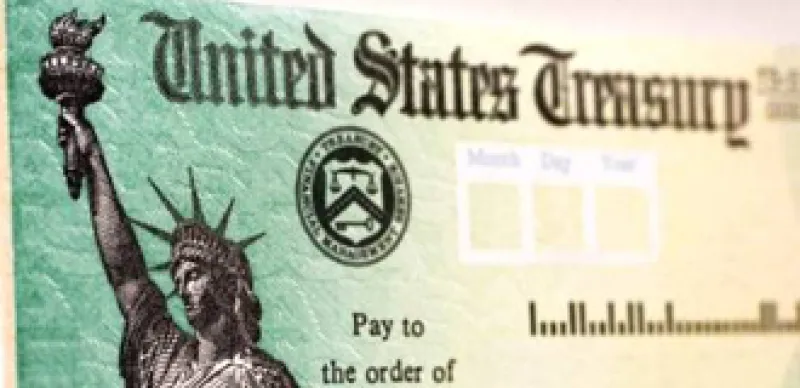For more than two years, the bond market has buzzed with speculation that China will curb its massive purchases of U.S. Treasury securities. And in the wake of Japan’s earthquake last month, talk has emerged that the country will sell U.S. Treasuries to finance reconstruction.
But so far, few signs of lessened enthusiasm for Treasuries have emerged from either nation. And it’s almost certain that China and Japan will remain big-time Treasury buyers for months, and likely years, to come, as they continue to amass huge dollar reserves through current account surpluses. This will lend support to the Treasury market, which may be crucial if the Federal Reserve puts an end to its own acquisition of Treasuries through quantitative easing (QE2), as it’s scheduled to do in June.
Obviously there are bigger factors affecting the prices of Treasuries than what the Chinese and Japanese do. “The biggest driver of yields here are expectations of growth and inflation, the trajectory of the budget deficit” and what the Fed does, says Robert Tipp, chief investment strategist for fixed income at Prudential Investment Management, in Newark, NJ.
But as the largest foreign holders of Treasuries, the two countries certainly have an impact. China tops the list at $1.15 trillion as of January, and Japan is second at $886 billion. Together, they account for about 14 percent of the $14.27 trillion total Treasury debt outstanding.
China’s holdings jumped 30 percent during the year through January, while Japanese holdings rose 16 percent. And since Japan’s earthquake/tsunami, “there’s been very limited evidence” of the Japanese liquidating Treasuries to finance reconstruction, says Raymond Attrill, senior currency strategist for Banque Paribas in New York.
Japan has plenty of domestic savings it can put to work rebuilding, and the Bank of Japan can increase money supply, just like any other central bank. “So it doesn’t need to cut Treasury holdings,” Tipp says.
Japan’s successful effort to depress the yen after the earthquake markedly increased its dollar holdings, and some of that money will undoubtedly find its way back to Treasuries.
“Having just intervened (in the currency market) to in effect buy Treasuries, I don’t think they’ll turn around and sell them, given the negative effect that would have on the yen,” says former Fed official Edwin Truman, a senior fellow at the Peterson Institute for International Economics.
China’s persistent current account surplus has pushed its official currency reserves to $2.85 trillion. And if you add sovereign wealth funds and state-affiliated banks, the total is probably $4.5 trillion-$5 trillion, says David Gilmore, partner at Foreign Exchange Analytics in Essex, CT.
While China has made intermittent noise about diversifying away from dollars, there’s no real alternative to the Treasury market for liquidity and stability.
“China is running a rigged currency system that sees no downside in amassing gargantuan reserves,” Gilmore says. “It takes mostly dollars out of the marketplace through exports and hot money flows from Taiwan and Hong Kong.” Those dollars end up in Treasuries. “The secret quantitative easer is China through its currency policy. They can’t stop buying Treasuries,” he says.
So the Treasury market can count on continued support from China and Japan, though that impact can easily be overwhelmed by other factors.







